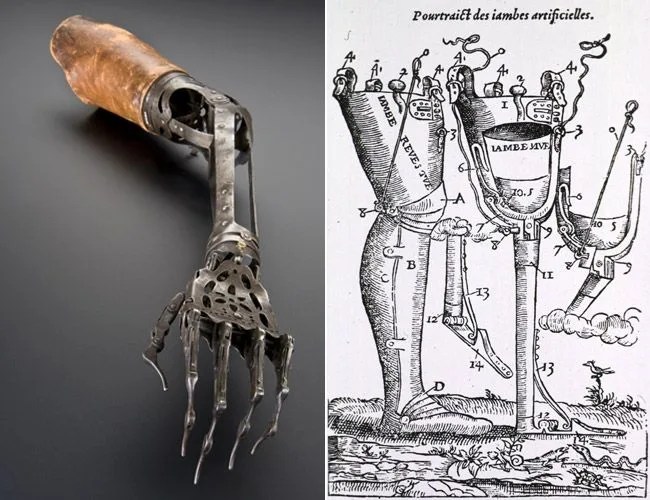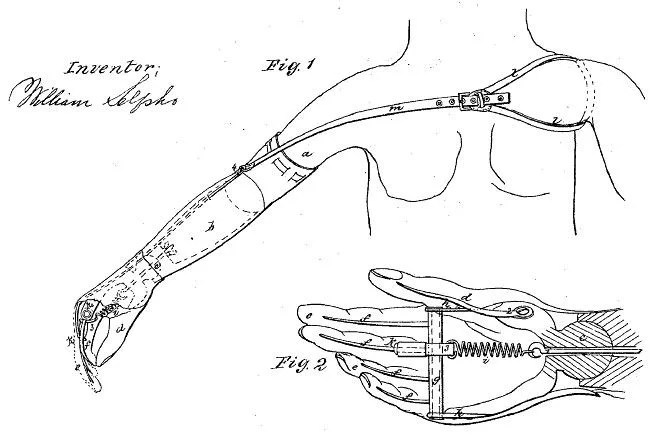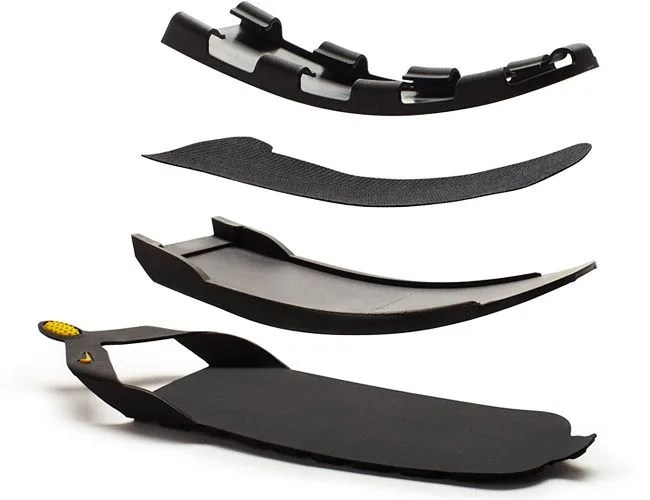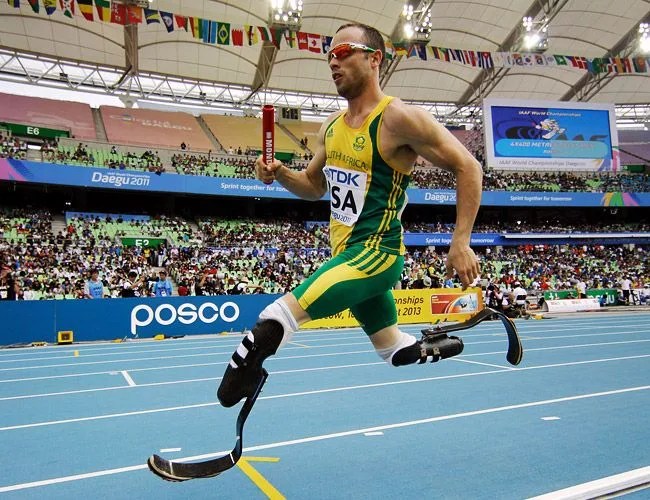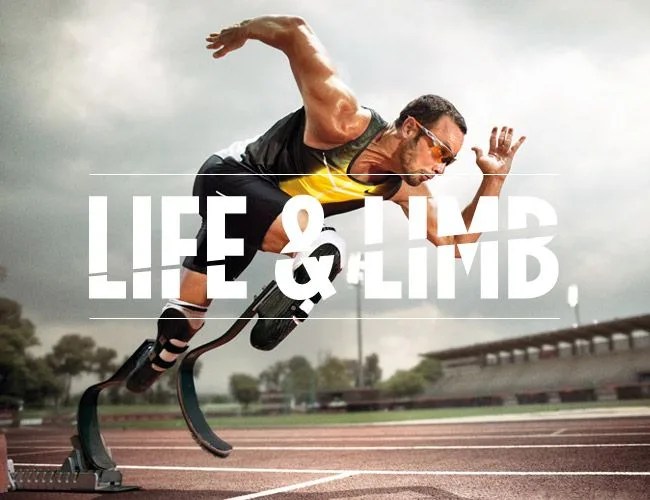
“We have always held to the hope, the belief, the conviction that there is a better life, a better world, beyond the horizon.”
These were the hopeful words of Franklin D. Roosevelt, a man born on the tail end of the industrial revolution, where we as a species first grasped the true, constructive, and destructive powers, we wielded over our world. He had lived to see the Empire State Building rise into the sky, and died shortly before the atomic bomb did the same.
Over a century later, accelerated advances in science and technology have stripped almost every hobble from our collective vision, opening our potential to realms that men in Roosevelt’s lifetime would have dismissed as fantasy. But, while the digital age has ushered in a new era of convenience and connectivity, this innovative decade also produced an explosion of advances in an area a paralyzed Roosevelt would have held dear — making the shortcomings of our frail human bodies whole again.
From outfitting sprinters like Oscar “Blade Runner” Pistorius from South Africa, a double leg amputee competing in 2012 Summer Olympic Games, to giving wounded war veterans the chance to continue their mission, modern prosthetics are changing lives for the better. Learn more about this amazing technology, starting with its history below.
A Bit of History
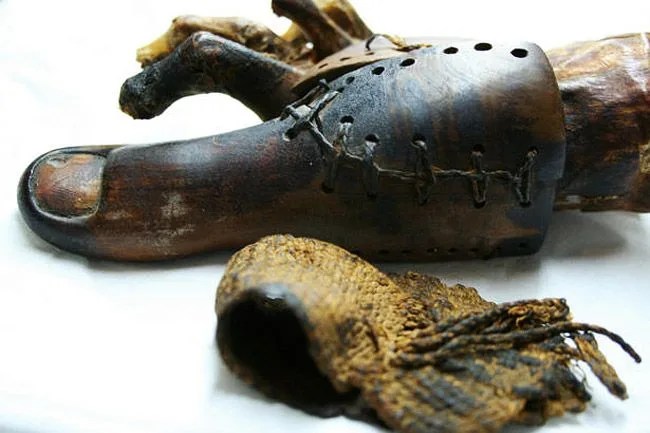
A Toe in the Water: The first known prosthesis, dubbed “The Cairo Toe”, is over 3000 years old and was meticulously designed to mirror the real thing.
Centuries ago, amputation was the default treatment for any serious wound to a limb. In the age before antiseptics, this scorched-earth policy was the medical world’s only defense against the slow creep of infection. While it certainly lowered death counts, options for living a “normal” life after such a procedure didn’t really exist. Prosthetics (Greek for “attachment”), were incredibly rare and mainly cosmetic — but a few functional varieties did exist. The mechanics of these first attempts at retrofitting the human body were rudimentary and awkward for the user, but given the times, impressive in their ingenuity.

